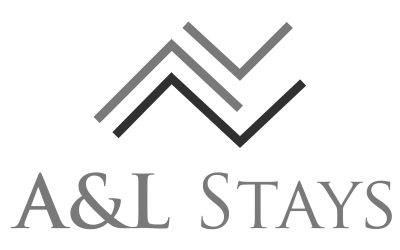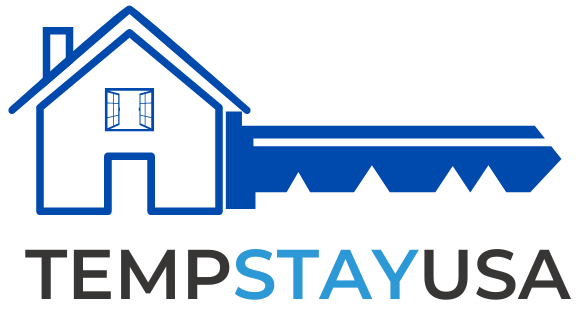How to Calculate Cap Rate on a Rental Property
To calculate the cap rate of a real estate asset, you need to follow these steps:
- Calculate the net operating income (NOI) of the property by subtracting the operating expenses
from the gross operating income.
- Divide the NOI by the property’s current market value.
- Express the number as a percentage.
Calculating the cap rate is done using the following formula:
Formula to Calculate Cap Rate
Cap Rate Formula
Cap Rate = Net Operating Income (NOI) / Current Market Value x 100%
Where
- Net operating income (NOI) refers to the difference between the gross operating
income (total rental income) and the costs associated with running and managing the
property, excluding mortgage payments and taxes
- Current market value is the present value of the property in the market
Applying the cap rate formula is easy as long as you have the necessary data on the performance of
the rental property.
To make things clearer, let’s take a look at a specific example.
Cap Rate Calculation Example
A short-term rental property generates a revenue of $60,000 per year. Operating costs excluding
mortgage payments and taxes amount to $15,000 per year. The property is worth $750,000 in the
current market.
- Net Operating Income (NOI) = $60,000 - $15,000 = $45,000
- Cap Rate = $45,000 / $750,000 x 100% = 6%
So, the capitalization rate of this Airbnb rental property is 6%.









